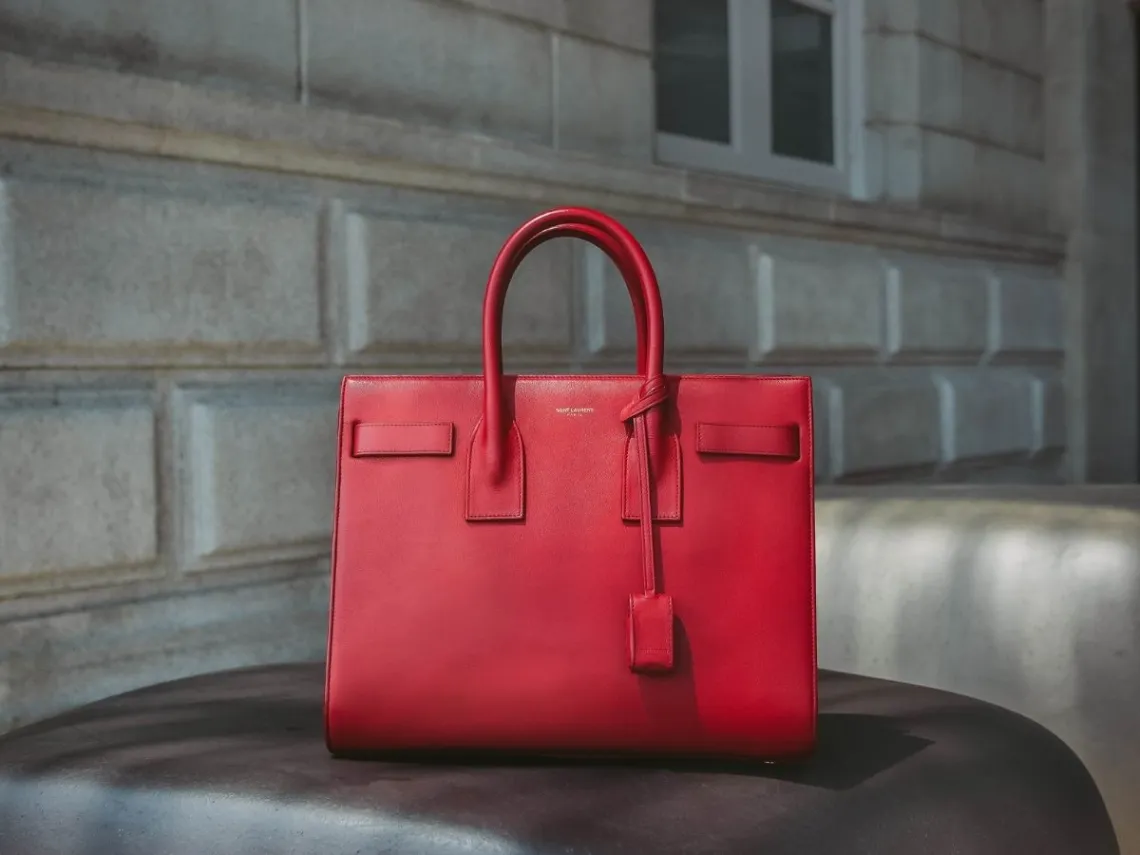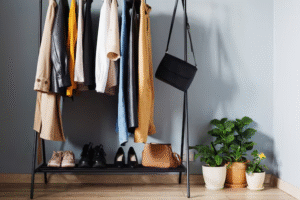Soft leather handbags are more than just fashion accessories—they’re timeless, versatile, and elegant companions that complete your outfit and reflect your personal style. Whether it’s a buttery lambskin shoulder bag or a handcrafted calf leather tote, soft leather exudes luxury and sophistication. However, as refined and delicate as it is, soft leather requires a bit of extra care to keep it looking its best over time.
Unlike stiffer or coated leathers, soft leather is more susceptible to scratches, stains, moisture, and deformation. The good news? With just a few simple, mindful habits, you can extend the lifespan of your leather bag, keep it supple, and preserve its beauty for years to come.
In this comprehensive guide, we’ll share 8 essential maintenance tips for soft leather handbags, covering everything from cleaning and conditioning to proper storage and usage.
1. Regularly Clean with a Soft Cloth
Cleaning is the foundation of handbag maintenance. Dust, oil from hands, environmental particles, and makeup residue can all accumulate on your soft leather bag, dulling its finish and leading to long-term damage.
How to Clean It:
- Use a dry, clean microfiber cloth or soft cotton cloth.
- Wipe down the bag gently in circular motions to remove dust and surface dirt.
- Do this once a week or after each use, especially for light-colored bags.
What to Avoid:
- Don’t use baby wipes, vinegar, or household cleaners—they can strip the leather’s natural oils and lead to cracking.
- Avoid over-wetting the cloth. Leather and excess moisture don’t mix.
2. Use a Specialized Leather Cleaner Sparingly
Every month or so, or when your bag has visible marks, treat it with a leather cleaner specifically made for soft or delicate leather. These products are formulated to remove dirt while maintaining the leather’s suppleness.
Tips:
- Always spot-test on an inconspicuous area first.
- Apply a small amount with a soft cloth and buff gently.
- Follow with a dry wipe to remove any residue.
Many luxury handbag manufacturers recommend cleaners formulated for aniline or semi-aniline leathers, which are common in high-end soft bags. Using the wrong type of cleaner can cause discoloration or dryness.
3. Condition to Keep Leather Supple and Moisturized
Just like your skin, soft leather needs moisture to stay smooth and resilient. Over time, especially in dry environments, leather can begin to feel stiff or show tiny cracks. Leather conditioners help restore moisture, flexibility, and luster.
How to Condition:
- Use a high-quality leather conditioner made for soft, untreated leathers.
- Apply every 2 to 3 months, depending on climate and use.
- Rub a small amount evenly with a soft cloth, let it absorb, and then buff.
Avoid conditioners that are wax-heavy, as they can clog the pores of soft leather and alter its texture.
4. Protect Against Water and Stains with a Leather Protector
Soft leather is porous, making it vulnerable to water spots and oil stains. Applying a leather protector (also called a waterproofing spray or barrier spray) creates an invisible shield without changing the texture.
Application Tips:
- Choose a non-silicone, breathable spray suitable for soft or suede-like leather.
- Apply in a well-ventilated area, 8–12 inches away from the surface.
- Let dry completely before using the bag.
Reapply every few months or after cleaning the bag. While it won’t make your bag completely waterproof, it provides vital resistance against sudden splashes or light rain.
5. Store Properly to Maintain Shape and Longevity
Improper storage is one of the most common causes of deformation in soft leather bags. Unlike structured leather, soft bags can easily sag, crease, or collapse if not supported during storage.
Smart Storage Habits:
- Stuff the bag with tissue paper, bubble wrap, or a handbag pillow to maintain its shape.
- Use a dust bag or a cotton pillowcase to protect it from light and dust.
- Avoid plastic bags, which can trap moisture and promote mold.
- Store upright, in a cool, dry place—away from sunlight or heat sources like radiators.
If the bag has a chain strap or hardware, wrap it in tissue before storing to prevent impressions or scratches on the leather.
6. Be Mindful of Daily Use and Handling
Your usage habits significantly impact how well your leather bag ages. Treat your handbag like a delicate garment—consciously and carefully.
Daily Care Tips:
- Avoid overfilling the bag. Excess weight stretches the leather and distorts its shape.
- Keep pens, makeup, and liquids in separate pouches to prevent leaks and stains.
- Be mindful of where you set your bag. Avoid rough, dirty, or damp surfaces.
- Don’t hang your bag on hooks by the straps for long periods—it stresses the leather and hardware.
When you carry your bag, switch shoulders occasionally to prevent uneven wear.
7. Handle Scratches and Stains Gently
Despite your best efforts, life happens—and so do scratches and marks. The key is to address them promptly and gently.
For Minor Scratches:
- Rub lightly with your clean finger or a soft cloth. The natural oils in your skin can often reduce fine surface marks on soft leather.
- Apply a touch of leather conditioner afterward to restore the sheen.
For Stains:
- For oil-based stains: Sprinkle cornstarch or baking soda on the spot, leave overnight, then gently brush off.
- For water stains: Let it air dry naturally; avoid applying heat.
- For ink stains: These are tough—try a leather-specific ink remover or consult a professional.
When in doubt, especially with large or dark stains, take your bag to a leather care specialist. Attempting aggressive DIY fixes can worsen the damage.
8. Rotate Bags and Give Them Rest Days
Even the most durable leather benefits from downtime. Using the same soft leather bag every day accelerates wear and tear.
Practice Rotation:
- Alternate between 2–3 bags during the week.
- Choose based on activity: use more structured bags for workdays and reserve delicate soft leather pieces for lighter outings.
Giving your handbag occasional breaks helps it maintain its shape, finish, and longevity.
Bonus Tip: Know Your Leather Type
Not all soft leathers are the same. Understanding what kind of leather your bag is made from helps you tailor your care routine.
Common Soft Leather Types:
- Lambskin: Ultra-soft, luxurious, but very delicate. Needs gentle handling and minimal product use.
- Calfskin: More durable but still supple; a good balance of softness and resilience.
- Nubuck/Suede: Very porous and requires special suede brushes and sprays. Avoid water entirely.
- Aniline Leather: Natural, untreated leather with visible grain; very soft but prone to staining.
Always refer to any care tags or brand recommendations that come with your bag. Luxury brands often provide specific instructions based on their tanning and finishing processes.
Conclusion
A soft leather handbag is a statement of style, craftsmanship, and personality. But its beauty and value endure only with consistent, mindful care. By following these eight tips—cleaning regularly, conditioning, protecting, storing properly, and handling with awareness—you can enjoy your soft leather bag for years, perhaps even decades.
Remember, leather is a natural material. It ages, evolves, and develops character over time. With the right maintenance, those natural changes enhance rather than diminish its appeal. So take care of your bag, and it will return the favor—elevating every outfit, season after season.



